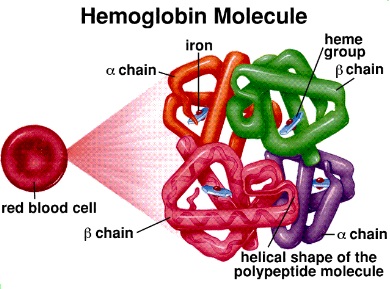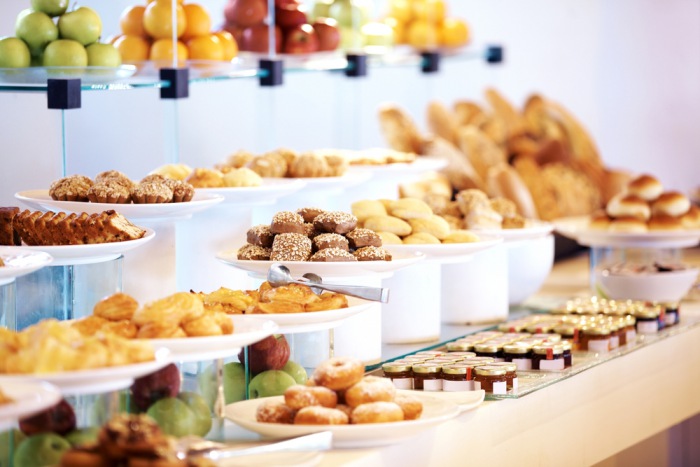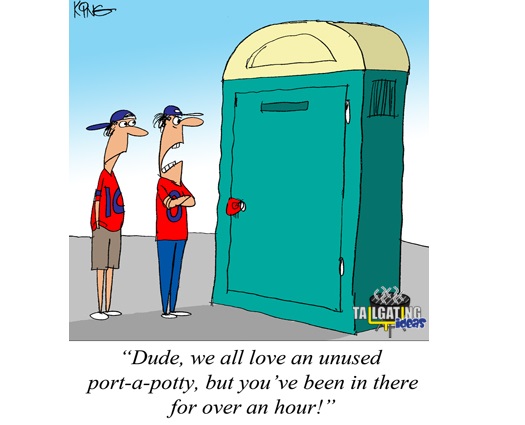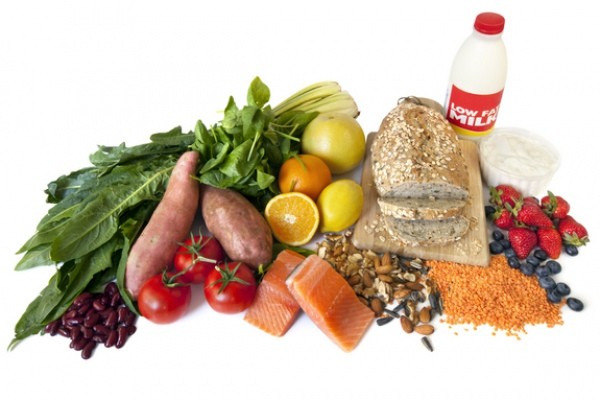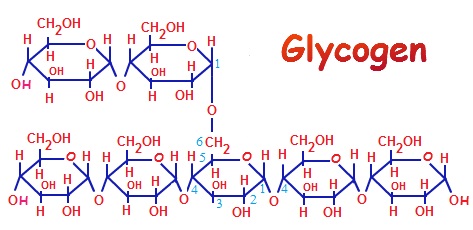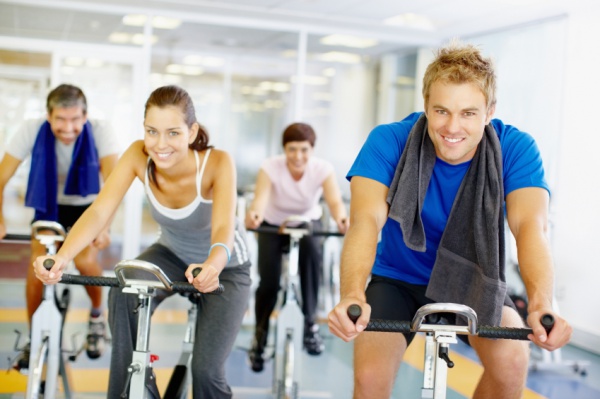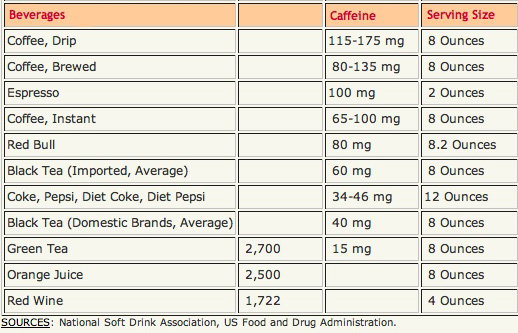Eating right can be hard at the best of times, especially for those of us who like to exercise as a hobby. With a passion for cycling often comes a need for a balanced diet – and this is even more true when you opt to cycle for long periods of time, or even on a more professional level. Nutrition is a minefield of do’s and don’ts for many areas of exercise, so knowing the right nutrition for cyclists of any ability is essential if you want to get the best out of your ride. Let’s take a look at the right kinds of nutrition to help you to become not just a healthier cyclist – but a faster and stronger rider, too.

Nutrition for Cyclists – Carbohydrates for Fuel
If you are a keen cyclist, you’ll probably know that carbohydrates can be your best friend. While it’s no secret that they are the body’s main energy source while cycling, knowing a weekly and daily requirement for carbohydrates may not be so easy.
Carbohydrates need to support your cycling routines and not hinder them, and the reality is that too large a portion can lead to peaks and dips in energy that can actually leave you feeling lethargic. A good rule of thumb is to aim to eat a fist-sized portion of low-glycaemic carbohydrates to ensure that you get a steadier release of energy as you ride. Low-glycaemic carbohydrates burn slower than others, so eating foods such as wholegrains, fruit and vegetables will promote the right intake. Add these to each meal, or carry small portions as snacks when you head out for a ride to obtain optimal nutrition for cyclists.
Powerful Protein?
Many sports enthusiasts will tell you that protein is muscle food and therefore not essential nutrition for cyclists but getting a good amount of protein when you ride will work to support your overall health – mainly in terms of immune function and recovery. As protein is responsible for tissue maintenance, it will aid the recovery of any muscle damage that you experience during your ride and this can be particularly important if you are riding on a more professional level.
Try adding beans, lean meats, fish, and dairy (potentially) into your diet for a no-fuss boost of protein, and as these foods tend to be more filling than sugar-filled carbohydrates, you’ll feel fuller for longer, too!
Vitamins and Minerals
There are two main types of vitamins that you need to ingest for good nutrition for cyclists; fat-soluble and water-soluble vitamins. Fat-soluble vitamins (A, D, E, and K) are stored within the body to be used at a later date while water-soluble vitamins (B vitamins, folate, thiamine, riboflavin, niacin, pantothenic acid, biotin, vitamin B6, vitamin B12, and vitamin C) are needed daily to ensure a balanced diet. Fruits and vegetables are a rich source these in general and this is why nutritionists everywhere promote that you eat 5 pieces each day. Opt for a range of colors when you buy fruit and veg for a balanced diet- and in darker shades – to really get a well-rounded amount of each.
Minerals such as calcium, iron, and zinc are also necessary for good cycling nutrition, but as these are only needed in small quantities, your intake of 5-a-day should more than suffice.
The Right Amount of Calories
Whether you ride your bike on a personal or professional level, it is important to remember that cycling will require you to increase your calorie intake. This is because you will need to replace the extra calories that you burn whilst riding.
Knowing how many extra calories to ingest can be a problem as simply upping portion size and eating more calorie-rich foods can cause you to consume too many calories. A great way to keep on top of the right amount of calories for your needs is to multiply the distance you travel in miles by 40-50 calories. Try to keep towards the lower limit if you’re a slower or lighter rider and consume towards the top end if you typically cycle faster or are heavier as you will be burning more calories to cover the same distance. This calorie calculator can help to estimate calories burned while riding.
Timing Pre-Ride Nutrition
It is really important to have a good plan for timing pre-ride nutrition for cyclists. Nobody wants to ride hungry or with a belly full of food, so be sure to eat at the right time! Experts suggest that eating a your pre-ride meal at least 90 minutes before a ride is the best way to go, but eating small, regular meals throughout the day and downsizing your three main meals to allow for the right snacks at the right time will help ensure that you are properly fueled, whenever you decide to jump on the bike.

